How to close the gap between price setting and price getting
By Michelle Hessel
Welcome to the last part of our series on price realisation, where we’re going to finally close the gap between the price you set and the price you receive. If you missed the earlier articles, you can find them here:
Article 1: What is price realisation and why is it important?
Article 2: Trends and opportunities within price realisation
Article 3: The silent value leak hiding in your pocket price
Those of you who’ve been keeping up will know there’s often a huge gap between the two that leads to lost revenue and profitability. So let’s dive straight in and look at one of the most vital stages in the process.
The importance of quoting
The quoting process is at the heart of effective price realisation. It’s the critical moment when the price set by a business is tested in the marketplace as sales representatives negotiate and finalise the terms of a sale. When managed well, quoting allows a business to capture the maximum value for its products. When mismanaged, however, the gap between what a business wants and what it receives grows wider.
While the quoting process itself is central to price realisation, it is highly dependent on high-quality inputs from commercial product & pricing teams. Similarly, the information that flows from the quote to the contract, order, and invoice must take the form of high-quality outputs. In other words, the quoting process should be able to receive and deliver consistent and well-structured information about what was agreed with the customer.
The quoting process results in the master file that is the customer contract. This is the ultimate digital master file against which the upstream pricing strategy, and all downstream processes can be checked. Without it, there is no end-to-end transparency, consistency, control, speed, or accuracy. The potential importance of this document cannot be understated.
A question of coordination
When it comes to quoting, companies need mechanisms to make sure sales teams follow an agreed pricing strategy while still retaining some localised flexibility to negotiate. While that may sound simple enough, quoting involves much more than just assigning a price to a product – it requires an in-depth understanding of product configurations, bundling options, additional terms, conditions & fees, and customer-specific agreements.
Each of these factors can impact the final price and they all need to be considered during negotiations. Unfortunately, these separate factors are often dependent on numerous different departments within an organisation. This makes quoting a complex process that can be severely weakened by the inefficiencies and errors inherent in manual handovers.
Moreover, the quoting process flows downstream where departments like fulfilment, customer service, field service, and finance, take over responsibility for executing the customer contract, and if they are in the dark about what was agreed, they will be forced to deviate from the contract, thus resulting in inconsistencies and value leakage.
Any business that’s interested in minimising delays and capitalising on opportunities needs a far more streamlined and controlled process – one that‘s technology-based.
Understanding CPQ
A Configure Price Quote (CPQ) system is an advanced sales tool that digitises and automates the quoting process – or the process of configuring products, pricing them based on company rules, and generating quotes for customers. It is the ultimate way of generating a digital master contract that can be executed against in the downstream value chain.
The "Configure" aspect of CPQ allows sales reps to tailor products or services according to the customer’s specific needs. For instance, if a product has various features, options, or add-ons, a CPQ system helps sales teams build a custom configuration that matches the client’s requirements.
The "Price" function makes sure that any configuration follows established pricing rules. It accounts for various pricing factors like discounting policies, customer-specific terms or bulk order pricing. CPQ systems are designed to maintain pricing integrity, ensuring that any deviations from standard pricing are properly tracked and controlled.
Finally, the "Quote" part of the system streamlines the process of generating a formal offer for the customer. Instead of manually creating a document, CPQ systems automatically compile all the relevant details, including the product configuration, pricing terms, and legal disclaimers, delivering a quote that is both professional and error-free.
Ultimately, the quote can be converted into a digital contract. The master file against which all customer fulfilment and billing can be checked.
Beyond automating these processes, CPQ systems provide visibility into the entire sales process, allowing both sales teams and management to monitor how closely real-world pricing aligns with the company's pricing strategy – ultimately helping to close the price setting/price getting gap.
The deeper advantages of CPQ
Transparency and control
The first and ultimate advantage is transparency. No matter how hesitant a commercial leadership team is to impose strict rules and controls on the sales team, the transparency will be second-to-none, because the CPQ will digitally document each individual product component sold, the prices rules applied, and the customer specific terms agreed. Such transparency will facilitate commercial discussions at executive level, allowing for decision-making and adjustments to global and local policies based on insights that can even be tested at smaller scale before rolling out at large scale.
Control is another major advantage. CPQ systems allow businesses to build controls into their sales process, defining who can approve certain prices or discount levels. The system places thresholds on discounting which helps companies avoid revenue leakage because of overly generous sales reps.
Consistency
Another key benefit is consistency. With CPQ establishing predefined pricing rules, it keeps sales reps on the same page, irrespective of the situation. This eliminates any guesswork or subjective decision-making that can lead to inconsistent pricing and protects the company’s margins. And the system lays the foundation for delivering what was sold, because the customer contract is well-documented, which results in downstream consistency, too.
Speed and accuracy
A well-implemented CPQ system can dramatically reduce the time it takes to generate quotes. Since all the configurations, pricing rules and approval workflows are built into the system, quotes can be generated in minutes rather than hours or days. This quick response time can make a huge difference in closing deals, especially in high-volume and highly competitive markets.
Along with this speed comes accuracy. Manual processes are prone to human error, especially when dealing with complex products that require precise configurations and detailed pricing terms. CPQ systems eliminate these errors, delivering reliable quotes that precisely reflect the company’s pricing strategy.
Ultimately, this helps eliminate emotional decision-making from the sales process. No matter how keen a sales rep may be to close a deal, the standardised pricing processes delivered by CPQ means that decisions are based on data and rules as opposed to feelings.
“The quoting process is at the heart of effective price realisation, and the importance of the resulting customer contract cannot be overstated.”
Linking CPQ to downstream processes
Deploying CPQ software is just the first step in closing the price gap. To fully benefit from its capabilities, businesses need to link CPQ to their downstream processes, such as order fulfilment, customer service, and billing. This ensures that the price and product configurations agreed upon during the quoting phase are fully integrated into the entire customer journey.
Streamlining CRM
Integrating CPQ with customer relationship management (CRM) systems helps streamline the sales process and keeps all customer interactions based on consistent information. Sales teams can easily access past quotes, customer preferences and pricing history, which makes it easier to personalise offers and maintain consistency in future interactions.
Linking ERP
With CPQ connected to a company’s ERP (Enterprise Resource Planning) system, the product configurations, pricing and terms established in the quote flow directly into the order fulfilment process. This reduces the risk of miscommunications or errors during production, ensuring that customers receive exactly what was promised.
Managing service entitlements
With CPQ connected to customer service and field service systems, a so-called entitlement check against the contract will be available at the click of a button. This means that service reps can speedily and correctly receive and plan service requests, or even create a sales lead if any request is not included in the contract.
More accurate rebates and billing
Linking CPQ to a company’s rebate and billing systems helps avoid discrepancies between quoted prices and final invoices. Rebates is an especially potent example in global B2B manufacturing companies, where they are routinely used as mechanisms for effectively discounting products. The reality is, however, that it requires a strict ability to track the conditions that prompt a given rebate, e.g. volume commitments. Linking CPQ with billing systems keeps quoted prices and billed prices unified, reducing disputes and improving customer satisfaction.
Creating a seamless flow of information from quoting to financial reporting, CPQ systems keep a company’s pricing strategy consistent across all touchpoints, ultimately driving effective price realisation.
This was the final article in our four-part series on price realisation. If you missed any of the previous articles, you can find them below .
Related articles:
Related Services
Commercial Strategy
In an increasingly dynamic market, commercial success demands strategic vision and flawless execution.
Pricing Excellence
Our pricing excellence solutions provide the comprehensive support organisations need to develop pricing strategies that yield measurable financial outcomes.
Sales & Service Excellence
Achieving excellence in sales and service requires a comprehensive approach that spans the entire customer lifecycle.


